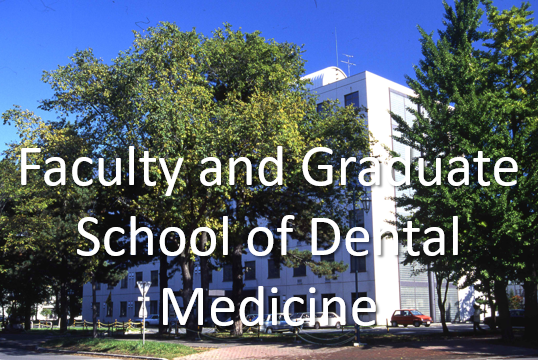
[ Main Page ] [ Research Projects ] [ Staff ] [ Achievements ] [ Notice ]
Research projects
Pattern-Recognition Receptors (PRRs) recognize microbial invasion by the innate immune system and induce inflammatory
 cytokine and interferon production. Toll-like receptors (TLRs) are
present in the plasma membrane and intracellular vesicles, and NOD-like
receptors (NLRs) and retinoic acid-inducible gene-I (RIG-I) are present
in the cytoplasm (Figure 1).
cytokine and interferon production. Toll-like receptors (TLRs) are
present in the plasma membrane and intracellular vesicles, and NOD-like
receptors (NLRs) and retinoic acid-inducible gene-I (RIG-I) are present
in the cytoplasm (Figure 1). Recently, we have focused on the association between inflammasomes, which are representative PRRs in the cytoplasm, and inflammatory diseases. The inflammasome is an intracellular sensor that regulates the production of IL-1b and IL-18, which are inflammatory cytokines with various biological activities.
We have previously demonstrated that Streptococcus sanguinis activates the NLRP3 inflammasome in the pathogenesis of infective endocarditis, and elucidated the activation mechanism of the NLRP3 inflammasome, thereby revealing a new aspect of the pathogenesis of infective endocarditis (Figure 2). In addition, we have revealed that the inflammasome activation mechanisms by oral mycoplasma Mycoplasma salivarium, the representative oral fungus Candida albicans, the periodontopathogenic bacterium
 Aggregatibacter actinomycetemcomitans, and other
periodontopathogenic bacteria.
Aggregatibacter actinomycetemcomitans, and other
periodontopathogenic bacteria.In addition to these studies, we have recently been studying the following.
・Differences in the properties of C. albicans from candidiasis patients and non-candidiasis
・The role of Streptococcus lipoproteins in the pathogenesis of infective endocarditis
・How do oral commensal microorganisms affect the intestinal microbiota and how do they further affect the whole body
・Characteristics of oral and intestinal microflora in autistic patients (joint research with Dentistry for Children with Disabilities)
・Effect of Fusobacterium nucleatum on oral cancer cells
・The problems on recent microbiome studies (ref.)
[ Main Page ] [ Research Projects ] [ Staff ] [ Achievements ] [ Notice ]

